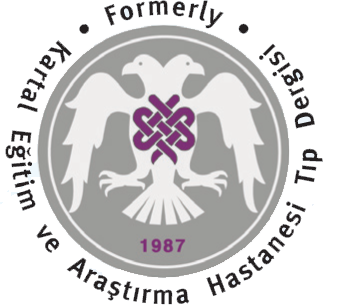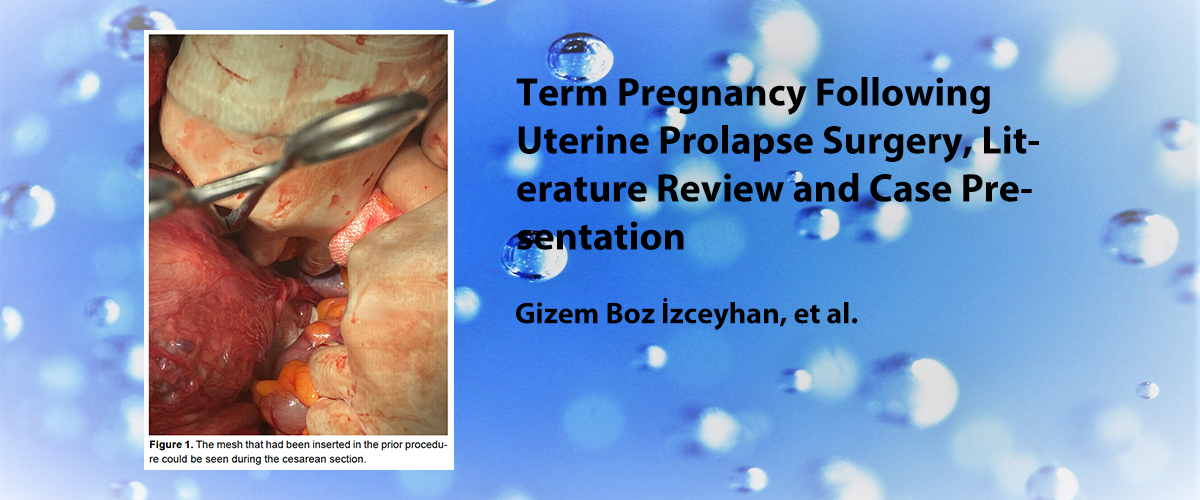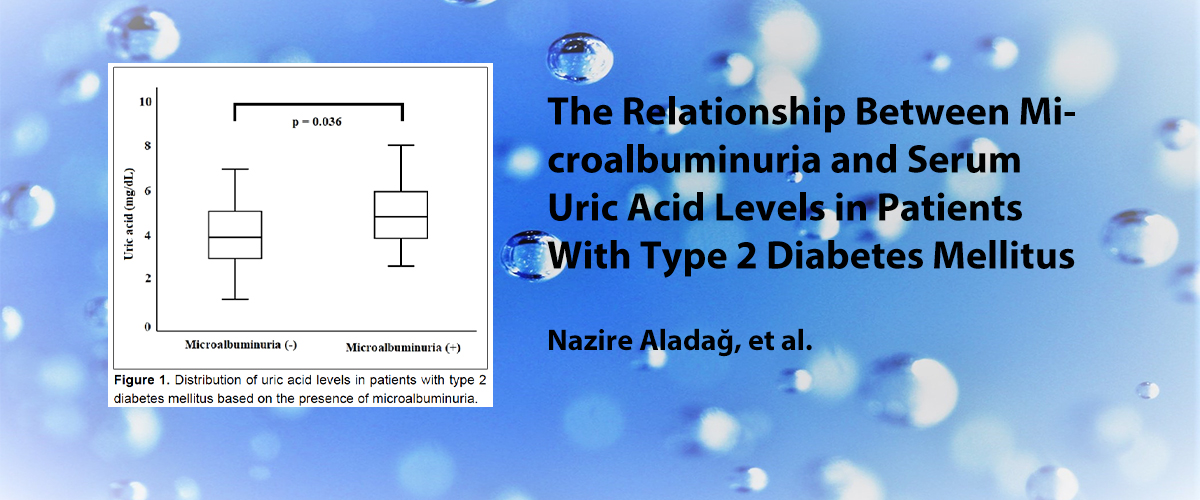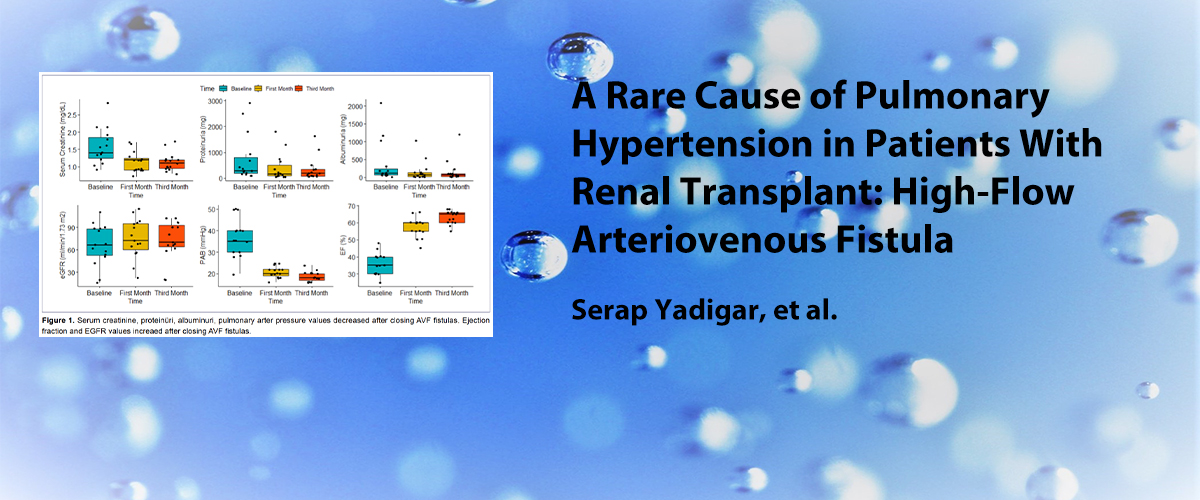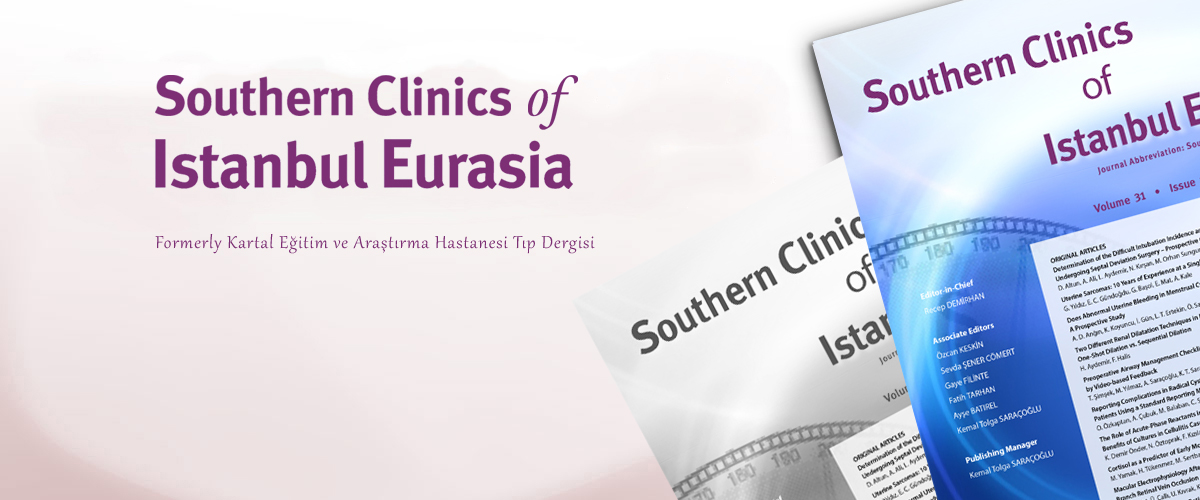ISSN : 2587-0998
Olfaktör Fossa Anatomisinin Bilgisayarlı Tomografi İle Değerlendirilmesi ve Keros Sınıflandırmasının Fonksiyonel Endoskopik Sinüs Cerrahisindeki Yeri
Emrah Karatay1, Hakan Avcı21T.C. Sağlık Bakanlığı Kartal Dr. Lütfi Kırdar Şehir Hastanesi, Radyoloji Kliniği, İstanbul2T.C. Sağlık Bakanlığı Kartal Dr. Lütfi Kırdar Şehir Hastanesi, Kulak Burun Boğaz Hastalıkları Kliniği, İstanbul
GİRİŞ ve AMAÇ: Fonksiyonel endoskopik sinüs cerrahisi (FESS) sık kullanılan bir tedavi yöntemidir ve ameliyat sırasında paranazal sinüslerin, olfaktör fossa ve komşu anatomik yapıların anatomisinin bilinmesi önemlidir. Paranazal sinüs bilgisayarlı tomografi (BT), paranazal sinüslerin, nazal kavite ve nazofarenksin değerlendirilmesinde sıklıkla kullanılan bir görüntüleme yöntemidir. Bu çalışmamız, paranazal sinüs BT görüntülerinde Keros sınıflamasına göre popülasyonumuzdaki olfaktör fossa derinliğini geriye dönük olarak değerlendirerek Keros tiplerini ve görülme sıklığını belirlemeyi amaçlamaktadır.
YÖNTEM ve GEREÇLER: Bu çalışmada, Aralık 2018Haziran 2019 tarihleri arasında kulak burun boğaz kliniği tarafından yönlendirilen ve Radyoloji kliniğinde kontrastsız paranazal sinüs BT incelemesi yapılan hastaların görüntüleri geriye dönük olarak değerlendirildi. Sonuç olarak 1887 yaşları arasında 522 hasta çalışmamıza dahil edildi.
BULGULAR: İncelenen toplam 1044 koku fossasının (OF) ortalama derinliği 4,89 mm ve standart sapma (SD) ±2.79 olarak hesaplandı. Ortalama OF derinliği açısından erkekler ve kadınlar arasında istatistiksel olarak anlamlı fark bulundu (p<0.001). Toplam 1044 olfaktör fossada Keros sınıflandırmasına göre, 322 tarafta (%30.85) tip 1, 697 tarafta (%66.75) tip 2 ve 25 tarafta (%2.4) ise tip 3 mevcuttu. Bu çalışma, ülkemizdeki en büyük olfaktör fossa olgu çalışmasına sahiptir ve verileri üçüncü basamak bir sağlık merkezinde elde edilmiştir.
TARTIŞMA ve SONUÇ: Paranazal sinüs BT raporlamasında sol ve sağ taraf için Keros sınıflandırmasının rutin olarak yapılması, bu bölgenin anatomisi ile ilgili cerrahi branşlara değerli katkılar sağlayarak, cerrahi komplikasyonları en aza indirmeye yardımcı olacaktır.
Evaluation of Olfactory Fossa Anatomy by Computed Tomography and the Place of Keros Classification in Functional Endoscopic Sinus Surgery
Emrah Karatay1, Hakan Avcı21Department of Radiology, Kartal Dr. Lütfi Kırdar City Hospital, İstanbul, Turkey2Department of Ear, Nose and Throat Diseases, Kartal Dr. Lütfi Kırdar City Hospital, İstanbul, Turkey
INTRODUCTION: Functional endoscopic sinus surgery (FESS) is a frequently used treatment method, and it is important to know the anatomy of the paranasal sinuses, olfactory fossa and adjacent anatomical structures during surgery. Paranasal sinus computed tomography (CT) is a frequently used imaging method in the evaluation of the paranasal sinuses, nasal cavity and nasopharynx. Our study aims to determine Keros types and their incidence by retrospectively evaluating the depth of the olfactory fossa in our population according to the Keros classification on paranasal sinus CT images.
METHODS: In this study, the images of the patients who were directed by the otorhinolaryngology clinic and who underwent non-contrast paranasal sinus CT examination in the Radiology clinic between December 2018 and June 2019 were evaluated retrospectively. As a result, 522 patients between the ages of 18 and 87 were included in our study
RESULTS: The average depth of the total 1044 olfactory fossa (OF) examined was 4.89 mm with a standard deviation (SD) calculated of ±2.79. Statistically, a significant difference was found between males and females in mean OF depth (p<0.001). According to Keros classification, 322 sides (30.85%) had type 1, 697 sides (66.75%), type 2 and 25 sides (2.4%) had type 3 in 1044 olfactory fossa. To our knowledge, this study has the largest case series for the olfactory fossa in our country, and the data were obtained in a tertiary health center.
DISCUSSION AND CONCLUSION: The routine use of Keros classification for the left and right side in paranasal sinus CT reporting will help minimize surgical complications by providing valuable contributions to the surgical branches related to the anatomy of this region.
Sorumlu Yazar: Emrah Karatay, Türkiye
Makale Dili: İngilizce

